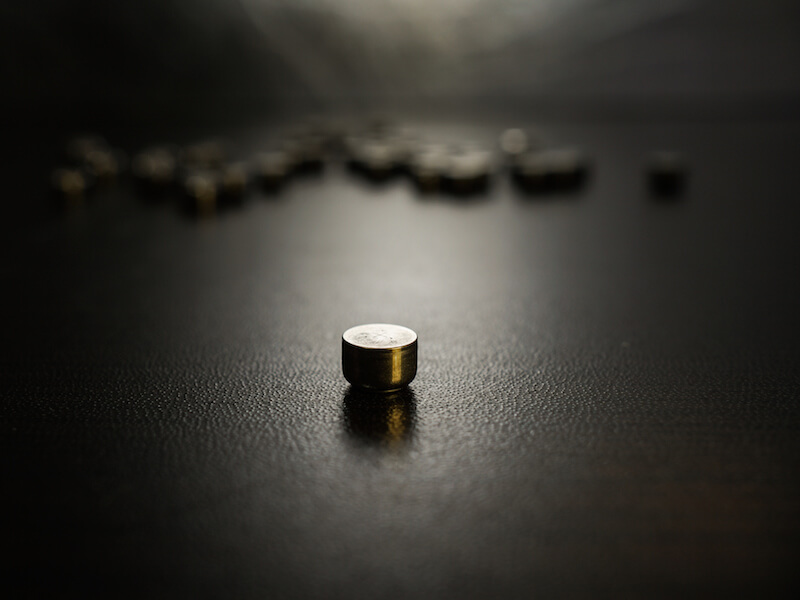
Modern technology has changed the way we power electronics of every type, from radios to cameras to phones. A robust, rechargeable hearing aid battery is finally realizing the hopes of hearing aid manufactures to replace the antiquated disposable power sources of the past.
Disposable hearing aid batteries have traditionally been the power source of choice amongst manufacturers, with size 312 batteries being one of the more prevalent battery types. Nowadays, the most prominent version of these batteries is generally known as a “zinc-air” battery.
The Downside to Disposable Hearing Aid Batteries
As the name would imply, a zinc-air battery is impacted by the presence of air. The user has to tear a small tab off the back of a 312 zinc-air battery to activate it.
As soon as it is fully oxygenated, it starts to lose power. That means power is beginning to deplete whether the user is ready for it or not.
The biggest disadvantage to disposable batteries, for most users, is how short they last. With 312 batteries, the user may be changing the batteries in their hearing aids about 120 times per year because they die in 3 to 12 days according to some reports.
Because of this, besides needing to buy 120 batteries, the user will need to switch and correctly dispose of batteries at least twice every week. That’s most likely over $100 in batteries from a cost outlook alone.
Improvements in Rechargeable Batteries
Rechargeable hearing aid technology has progressed to the point where it’s now a practical option and that’s good news for individuals who wear hearing aids.
The vast majority of people would use rechargeable hearing aids if given a choice according to some research. Until recently these models have historically struggled to provide a long enough charge to make them worthwhile. However, recent innovations now enable a full day of use per charge.
Users won’t see significant cost savings by switching to rechargeable batteries, but where they will see an obvious improvement is in quality of life.
In addition to providing 24 hours of charge time, these contemporary models lead to less aggravation for the user, since there’s no more changing and properly disposing of batteries. They just need to place the battery on the charger.
When a disposable battery nears the end of its life it won’t run your hearing aid at full capacity. There’s also no real way to know how near to being inoperable the battery really is. So the batteries could die at the precise moment that a user needs them the most which could even put them in peril. Not only is this a safety hazard, but users could miss important life moments because of a faulty battery.
Hearing Aids Come in Different Types
Rechargeable batteries come in numerous different materials, each offering distinct advantages. The ability to maintain a charge for 24 hours is one reason why integrated lithium-ion batteries are one viable option that manufacturers provide. And cellphones are powered by this same kind of battery which might be surprising.
Silver-zinc technology is another material used for today’s rechargeable hearing aids. This innovative approach was originally manufactured for NASA’s Apollo missions to the moon. With this technology, even your current hearing aids can probably be updated to run on rechargeable batteries. These batteries, similar to lithium-ion, will also last all day before requiring a recharge.
Some models even let you recharge the battery without removing it. During the night, or at some other time when the hearing aid isn’t in use, the whole hearing aid can be put directly into the charger
While all of these rechargeable solutions provides significant benefits over disposable batteries, each option should be properly vetted to get a complete picture and to see if it’s best for you.
If you’re looking for more information about hearing aid technology or how to select the proper hearing aid to meet your needs, we encourage you to take a look at our hearing aids section.
